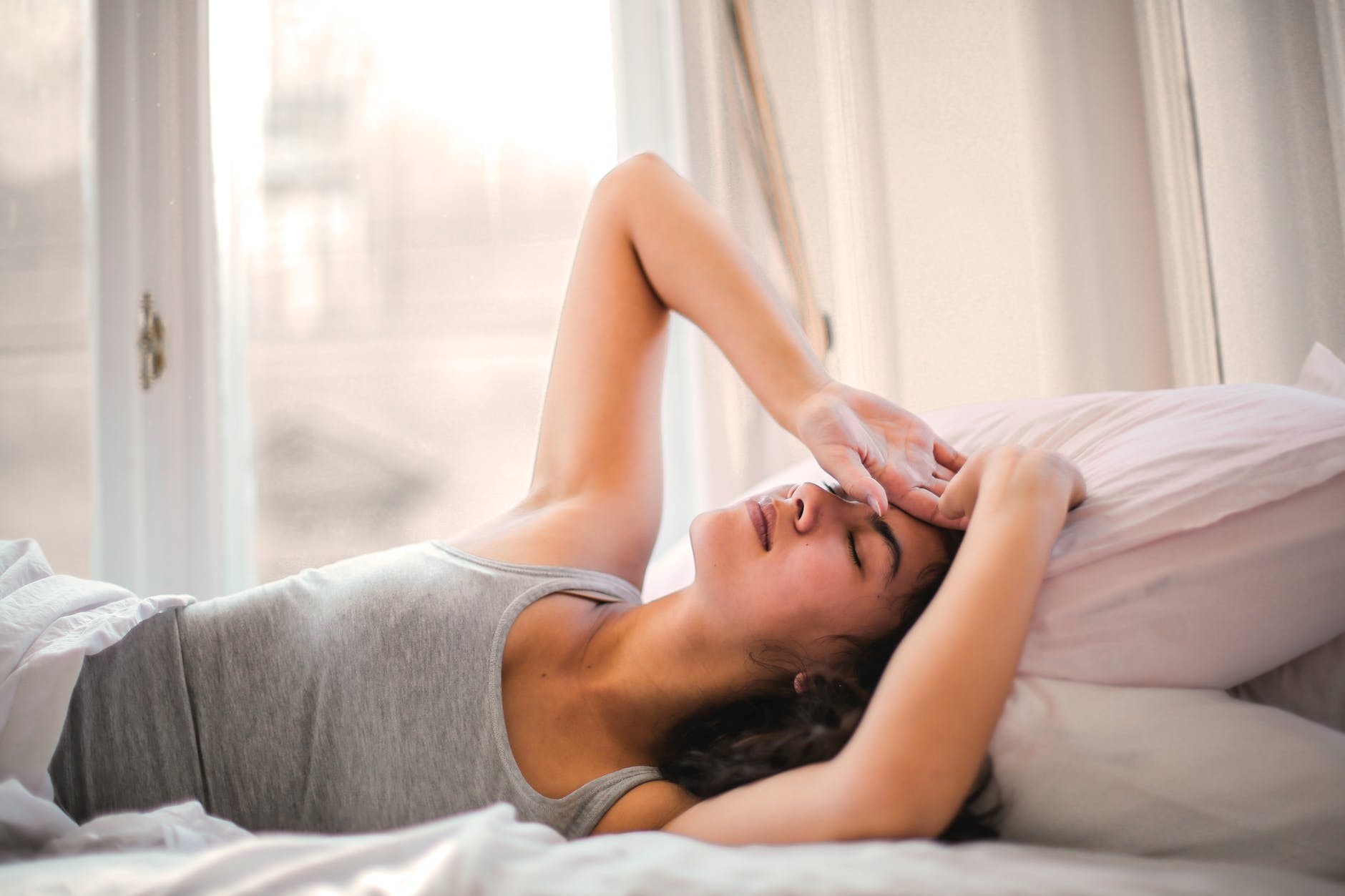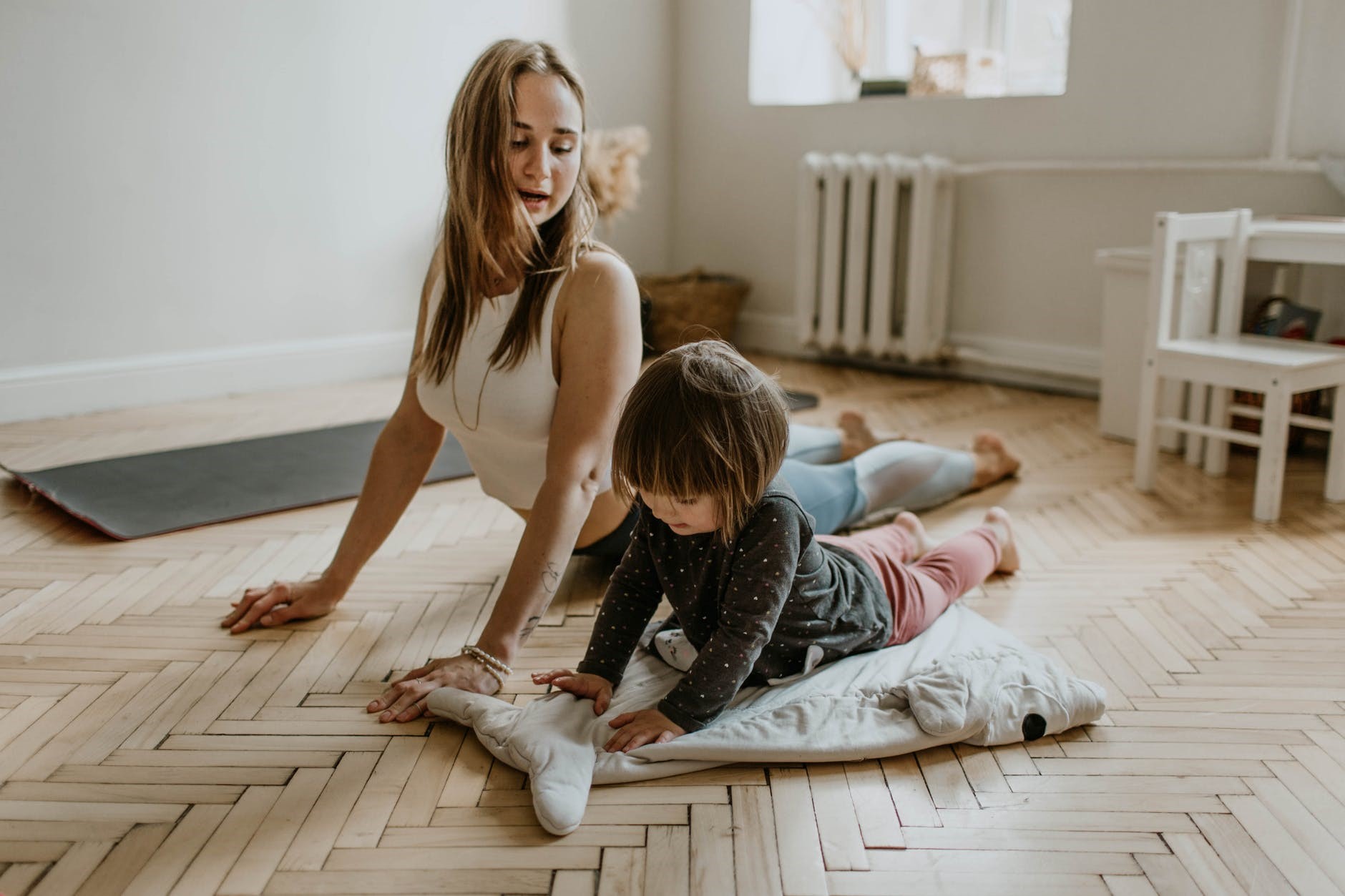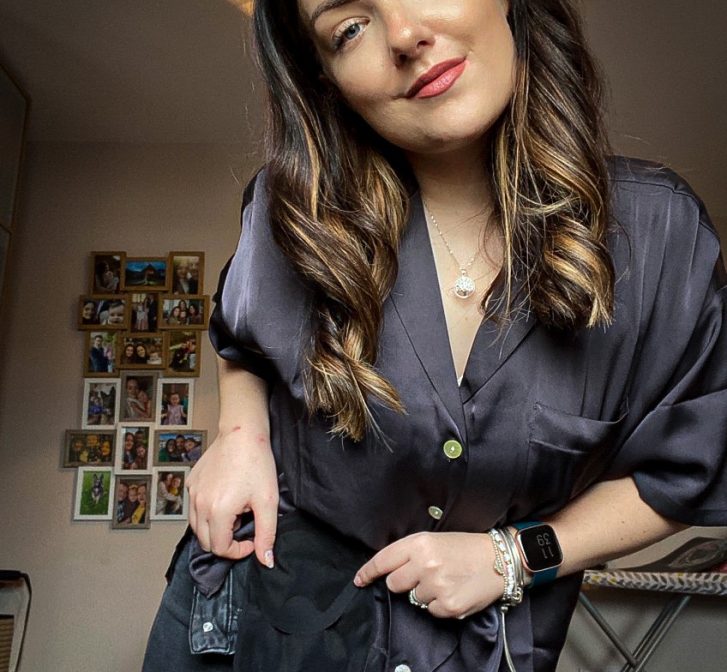The Mental Health Benefits of Exercise
Many studies have shown that exercise can provide both our physical and mental health with many benefits. Of course, exercising with a chronic illness such as Inflammatory Bowel Disease (IBD) can be tough & it can very much be about celebrating the “little wins” most days, if not all days, when you’re experiencing a flare-up.
Viewing exercise from a chronic illness perspective
It’s easy to fall into the trap of thinking exercise has to be about going to the gym or throwing yourself into a workout, especially when home workouts have become increasingly posted and spoken about over many social media platforms during lockdown.
Speaking from experience, this can be motivating on my “good” days, but it can actually deter me from doing exercise on the days where I struggle if I start thinking about sometimes not having a choice to exercise to the extent I want before my body tells me “enough is enough”.
On my worst days, I just feel like I can’t live up to the extent of what others are achieving. I worry that I will never look the way I want to in a perfect world because my body won’t physically allow it before I make myself poorly from overdoing it. Then, I have to take a step back and remind myself that just like most things in life, exercise is a personal journey and there is no such thing as a perfect body or a perfect world. You weren’t put on this earth to compare yourself to others. You are your own person and exercise is very much your own thing, as easy as it can be to forget this.
Exercising doesn’t have to be a competition and it certainly shouldn’t be something you do purely for vanity. Exercising can definitely help with your self-image when you’re more content with the way you look, but I find focusing on the mental health benefits of exercise a lot more beneficial than setting too many goals based around my body aesthetic.
How can exercise benefit my mental health?
Many studies have shown that exercising can benefit our mental health in a number of ways such as:
- – Better mood – Exercise releases endorphins and regular exercise can boost dopamine and serotonin levels which can make us feel happier within ourselves and like we have more energy.
- – Better sleep – Exercise can also make us feel more tired so at the end of the day we feel sleep may be easier because we have used more energy.
- – Better stress management – Exercise can help us deal with stress, intrusive thoughts and anger as it releases cortisol. Doing exercise can also provide people with a positive distraction and some much needed “headspace” from often understandably being absorbed in their own thoughts.
- – Boosting self-esteem.
- – Boosting relationships with others if you exercise in a group or with a partner.
- – Help to reduce depression – Studies have shown there is a link between rising levels of exercise and decreasing levels in depression.
“I’m really down and exercise is the last thing I feel like doing…What am I meant to do with that?”
As I mentioned earlier, exercise can sometimes be the last thing you feel like doing and it’s important to try and prevent a negative relationship with exercise from forming. Dealt with in the wrong way, negative effects of exercise such as over-training and becoming unhealthily obsessed with how you look are just a few examples of how exercise could be detrimental to our lives.
If you are unwell and can’t physically exercise, it’s important not to beat yourself up about this. I don’t know of many people who feel like exercising every single day of the year and that is more than okay. It is perfectly human.
Before you can get to a point where you feel you can exercise, it is important to do what you need to do to take care of yourself. Just like a lot of things in life, exercise is about finding a balance. Exercise is also a personal journey and it’s important to realise that a “one size fits all” approach can’t be used. What works for somebody might not be effective for you, and vice versa. For example, I find the more flexible yoga poses manageable but struggle with high-intensity exercise over a longer period. Some people might not feel as flexible but may find high-intensity exercise is a winner for them.
It’s important to acknowledge that it may take some time and a lot of trial and error to find what is best for you, to know it’s okay to do this at your own pace, to acknowledge when you need to rest and to reach out and ask for exercise advice if you are unsure about something or are worried it may cause you more problems.
Good ways to start building a more active lifestyle
Finding exercises that fit into your daily life where possible can be a good way of introducing more exercise into your routine. When I’m mentally struggling, I have to focus on taking one day at a time and anything that involves pushing myself much out of my comfort zone or cramming more into my schedule can be quite detrimental if I’m not careful.
At the same time, you have to sometimes acknowledge that even gentle exercise can require you to push yourself to actually do it, but that the benefits you feel will hopefully be worth that push.
There are many things you can try to start introducing more exercise into your lifestyle such as:
- – Playing an active computer game – “Just Dance” and games that involve the Wii Fit board are some examples of a fun way of doing this.
- – Going on a short walk by yourself or with company.
- – Having sedentary reminders on a phone or smart watch to remind you to get up and stretch your legs every so often if you are sat for long periods.
- – If you find walking around more difficult, you can try some chair-based exercises. There are plenty of these online to try.
- – Do stretches at home or give a YouTube beginner’s work out a go.
- – Do chores that are more active such as hoovering or DIY.
- – Have a sing and dance! I find this a great way to improve my mood.
- – Make simple changes such as running up the stairs instead of walking (carefully!)
- – Do an online activity program – many of these are free. I find online Yoga tutorials helpful, especially if I have back and hip pain. There are lots of shorter and longer Yoga session videos to try on YouTube. Yoga with Adrienne is one of my go to’s.
- – Get out in the car if you can drive (or with someone who can). The change of scenery and getting out of the house can help me to build up the will to want to stop the car somewhere different, away from home and have a walk.
Do what you can
It’s vital to remember that exercise is a very personal thing and to listen to your mind and body carefully at each step. If you are worried at any point or feel something isn’t working, ask for support off somebody else such as a friend or a medical professional if you are worried about your health. Try and be accepting and gentle on yourself on the days where you try or want to try but can’t bring yourself to do it or maybe don’t achieve as much as you would have liked to.
Some weeks I find it easier and more enjoyable to exercise then some weeks I just can’t bring myself to do much other than having a few short walks. That is natural and perfectly human to not be on “top form” all the time and pushing yourself. I can go for a few weeks getting out for a run two times a week then not run for a month or two. Go gentle on yourself.
There is lots of exercise advice and a lot of exercise ideas online to work through to find something that works for you.
When exercising with a stoma, always follow medical advice & wear a support belt to help minimise the risk of hernias. If you are worried about placing too much strain on your abdomen, searching for “ab supported exercises” can be an alternative and safer way of getting your exercise in.
You’ve got this!
– Amy














